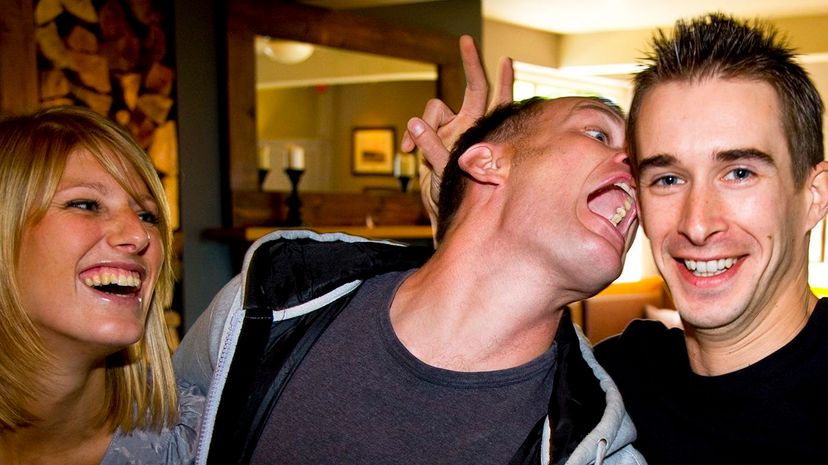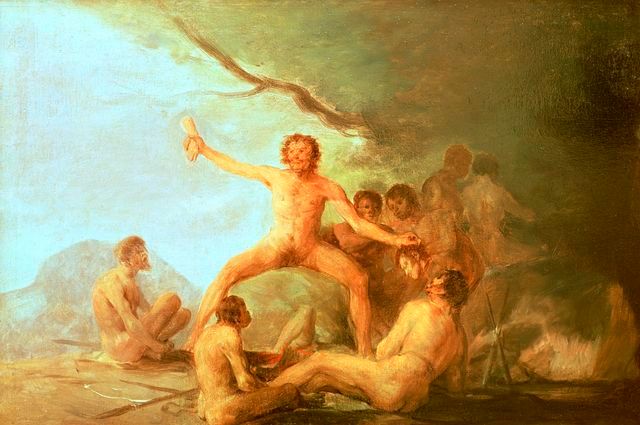
You've likely heard of the Paleo diet. The trendy regimen's name is short for Paleolithic, and supposedly mimics the nutrition of ancient humans who lived about 10,000 years ago. Cave people ate meats, seafoods, nuts and a few fruits and vegetables. Oh, and one other food source that doesn't show up on today's protein-focused food blogs: other people.
Archaeologists in Western Europe have evidence that the precursors to modern humans ate their neighbors during the Paleolithic era. Most experts, though, have debated whether cannibalism was essential for the survival of these hominins, or whether it was part of ritualistic ceremonies. To be classified as nutritional cannibalism, the people that Paleolithic clans ate needed to be, well, nutritious. So just how many calories are in a thigh or an ear?
Advertisement
Archaeologist James Cole of the University of Brighton in England decided to find out. Think of the diagrams of cattle and pigs that illustrate different cuts of meat; Cole mapped out the human body, then determined the caloric count within each segment, showing how much energy they would transfer if consumed. The results were published in the journal Scientific Reports. A thigh, for instance, contains a hefty 13,350 calories, while the spleen is a modest 130 calories. If you're more of a "head and torso" diner, that'll get you about 5,420 calories. And the upper arms? 7,450 calories total.
Overall, the average human body has anywhere from 125,000 to 144,000 consumable calories. Some parts may take longer to digest — you'll rack up 10,280 calories from human skin alone — while others are snack-size, like the kidneys, and contain about 380 calories. The brain, spinal cord and nerves (we're thinking a stew would be the most appropriate cooking method) will provide you 2,700 calories, and the bones contain about 25,330. Bone broth is so on trend right now, after all.
Despite all this talk of ancient eating habits, Cole concluded that other humans were probably not a meal of choice. Disappointment is other people, and it turns out that holds true for nutrition, especially when compared to competing available food sources. One single woolly mammoth, for instance, containing a whopping 3.6 million calories, would have given an entire tribe food for about eight weeks. A human, on the other hand, would have provided enough calories for a tribe to subside for only a half-day, leaving everyone to wonder what's for dinner after just a few hours.
Cole concludes that because of the relatively meager calorie counts of the human body, people ate other people for social or cultural reasons, not for their health. Modern Paleo dieters are probably glad the recipe books skip this particular ingredient.

Advertisement
